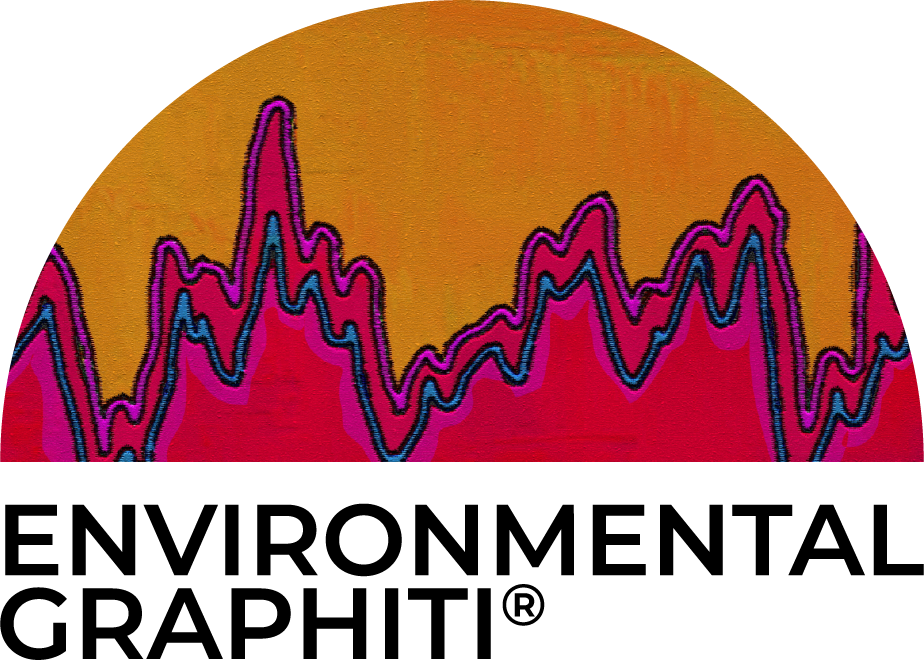Snowpack Trends in the Western US
The Art
The Science
What’s Alarming
“Temperature and precipitation are key factors affecting snowpack, which is the amount or thickness of snow that accumulates on the ground. In a warming climate, more precipitation will be expected to fall as rain rather than snow in most areas — reducing the extent and depth of snowpack. Higher temperatures in the spring can cause snow to melt earlier.…
Mountain snowpack plays a key role in the water cycle in western North America, storing water in the winter when the snow falls and releasing it as runoff in spring and summer when the snow melts. Millions of people in the West depend on the melting of mountain snowpack for power, irrigation, and drinking water. In most western river basins, snowpack is a larger component of water storage than human-constructed reservoirs.
… From 1955 to 2016, April snowpack declined at more than 90 percent of the sites measured [see above graph]. The average change across all sites amounts to about a 23-percent decline.
Large and consistent decreases have been observed throughout the western United States. Decreases have been especially prominent in Washington, Oregon, and the northern Rockies.
While some stations have seen increases in snowpack, all 11 states included in this indicator [above graph] have experienced a decrease in snowpack on average over the time period. In the Northwest (Idaho, Oregon, Washington), all but three stations saw decreases in snowpack over the period of record.”
Climate Change Indicators in the United States: Snowpack. www.epa.gov/climate-indicators - Updated August 2016
